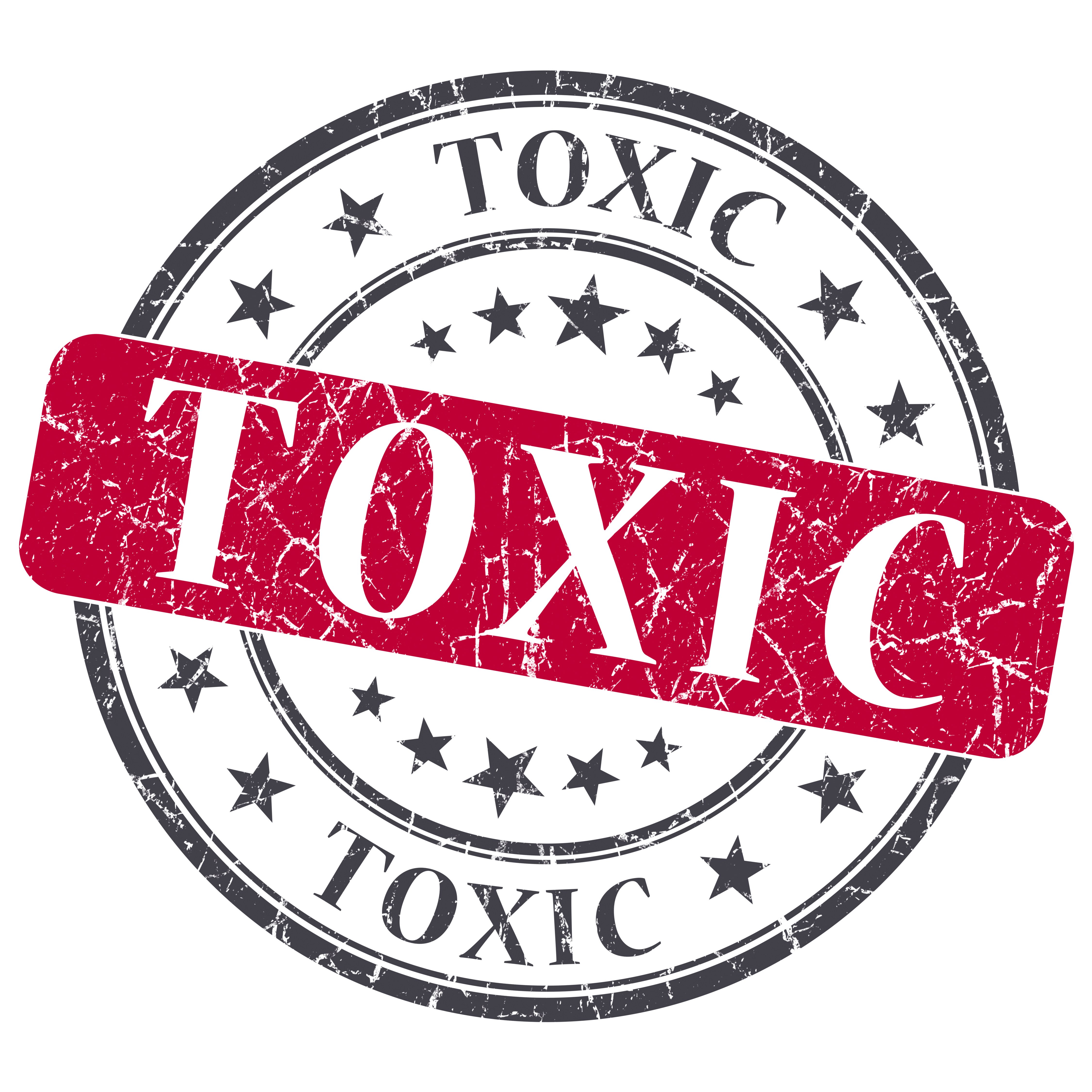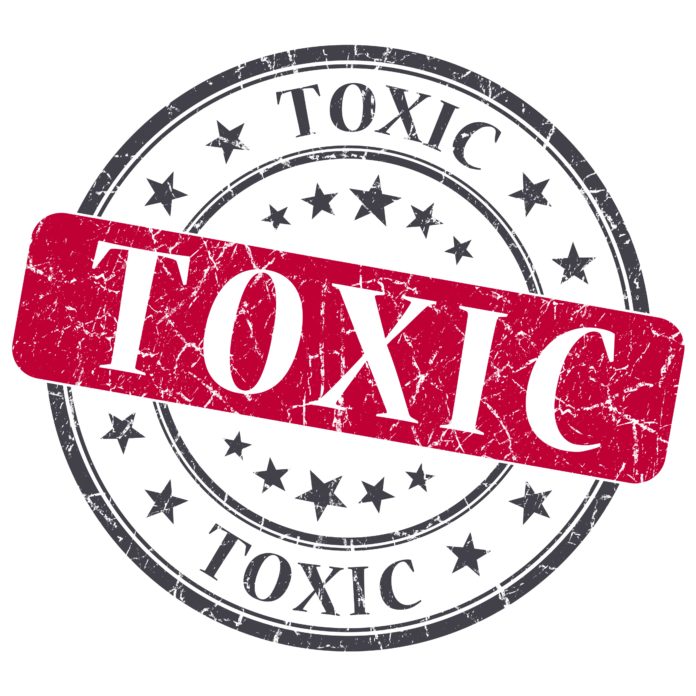
5. Chocolate. Luckily for cat owners, most cats do not show any signs of a sweet tooth. In fact, cats do not have taste buds for “sweetness.” Still, your cat might nibble on some chocolate, especially white chocolate, due to the dairy products found in these sweets.
4. Veterinary products. Families love it when their cat happily wolfs down her flavored preventive medications or drugs for therapy. So much easier than pilling! Unfortunately, the flavors may attract a hungry cat that then rips open the package and eats more than she should at once. Luckily, most cats won’t chew open bottles, but it can happen.
3. Human food. Human food items are attractive to some cats. That includes liquids, such as alcohol. Garlic, onions, avocadoes, green tomatoes, and green potatoes are on the “don’t feed to felines” list as well.
2. OTC medications. Over-the-counter medications can be consumed by your cat—almost always in error. Flavored medications may attract your cat, especially if they are in cardboard containers or wrappers. Others, such as acetaminophen (Tylenol), are intrinsically toxic to cats. Don’t use any OTC drug for your cat without specific veterinary recommendations.
1. Human prescription medications. Many human medications are toxic to cats. This may be because the dose is way too high (even from one pill) or the medication itself is not safe. Cats are not usually attracted to pill containers, but they will often play with a dropped pill. During play, they may mouth a pill or even accidentally swallow one.




